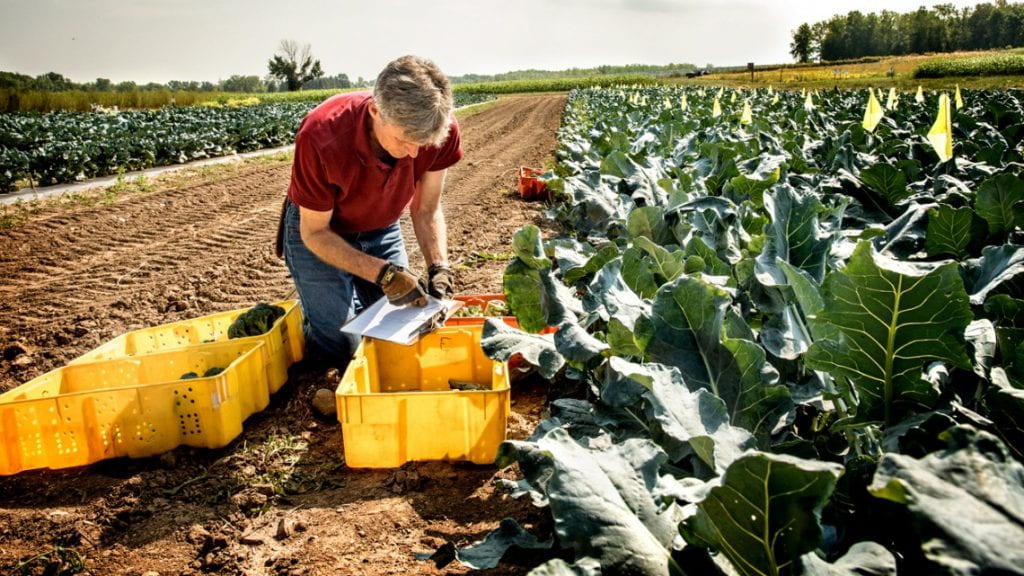CALS News, Cornell Chronicle [2019-07-19]:

Broccoli is in the eye of the beholder.
A head of broccoli that might appeal to one person – perhaps because of its deep green color – may leave another cold, due to an asymmetrical shape or too-large buds.
Cornell researchers participating in the Eastern Broccoli Project, which aims to produce broccoli varieties suited to grow on the East Coast, have devised a statistical method to standardize evaluations of broccoli, in order to make plant breeding decisions more consistent and efficient.
Now a Cornell group – doctoral student Zachary Stansell; Thomas Björkman, professor of horticulture at Cornell AgriTech; and Deniz Akdemir of the Cornell Statistical Consulting Unit – has released RateRvaR, a new software based on this method. RateRvaR is freely available, open source, easy to use and applicable to breeders of any vegetable, tree or flower with subjective features.
Using the software, breeders can select traits and ask multiple people to perform the same evaluation. The program will then analyze that data to determine which traits are more or less important in predicting overall quality, partly by prioritizing traits that are easier to judge objectively, such as size or color.
“The challenge for breeders, when they’re looking for wider adaptations, is that for certain crops, you plant all over the place and fly to various locations around the world to do the evaluations yourself,” Björkman said.
“But what if you had to check the plant twice a week for a month because it’s maturing at different rates? You can’t be jetting around the world; it just becomes impractical,” he said. “Breeders want to know not only how another person would score a plant, but how they would score it themselves, or how some idealized consumer would score it. This should open up the opportunity for breeders to do evaluations in multiple locations.”


